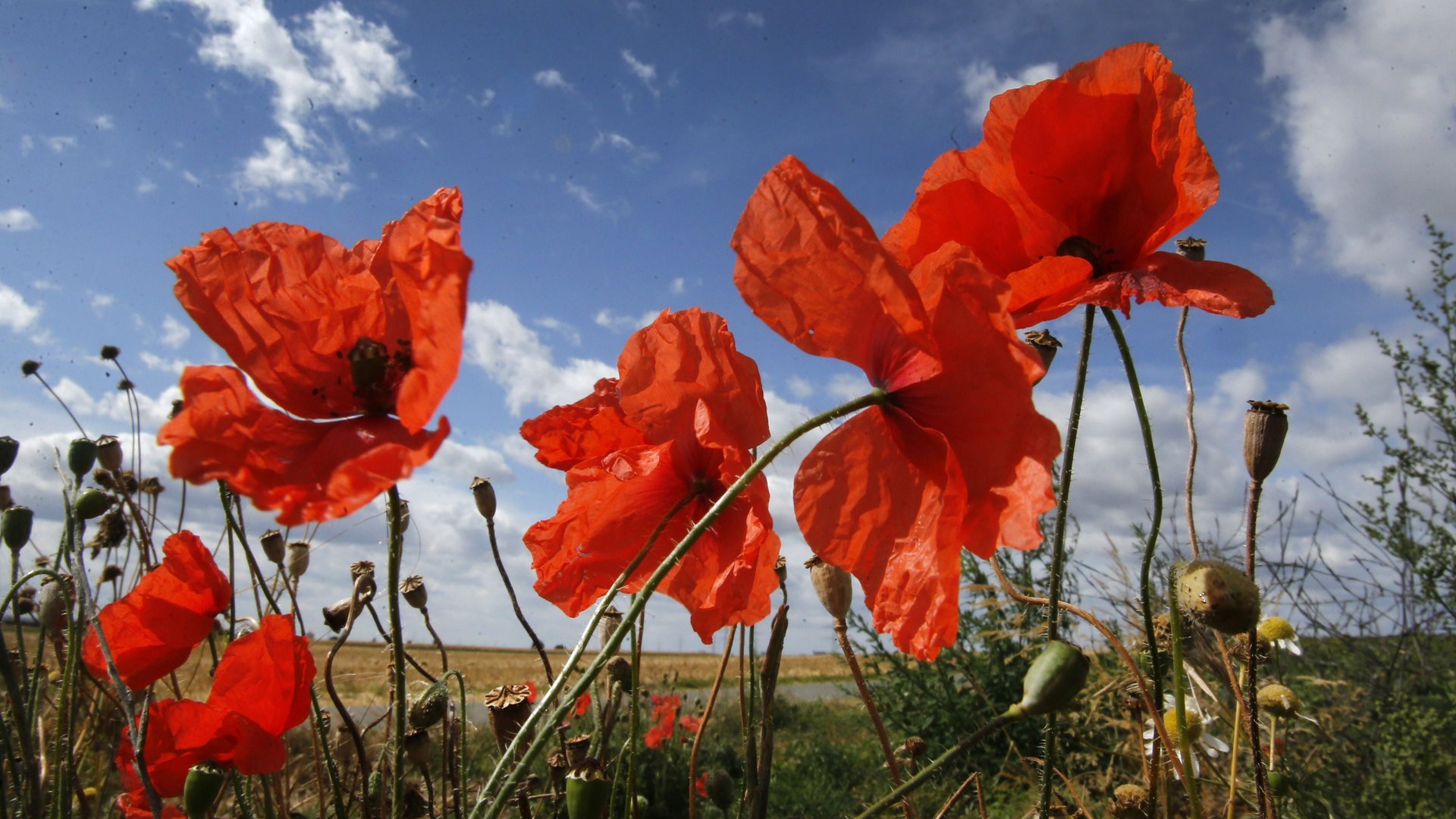The fungus that gives us beer can now produce prescription painkillers
Most of the medicines we use today have been derived from substances found in nature, like plants or bacteria. Though we can grow some of these compounds in crops, this can take a long time, and crops are subjected to pests and other environmental hazards that may reduce their viability.


Most of the medicines we use today have been derived from substances found in nature, like plants or bacteria. Though we can grow some of these compounds in crops, this can take a long time, and crops are subjected to pests and other environmental hazards that may reduce their viability.
To bypass some of these challenges, scientists have found a way to alter yeast so that it can produce opioids, a class of painkillers, that come from chemicals found in the opium poppy plant. While opioids have a high potential for abuse, the majority of people in the developing world have limited access (paywall) to them to manage pain.
In a new paper published in Science (paywall), researchers from Stanford University successfully engineered two strains of yeast to produce opiates: one that made low-levels of thebaine, a chemical found in the poppy that can be turned into to these types of painkillers, and one that produced low-levels of hydrocodone, a narcotic opioid painkiller.
“When we started this project, people said this was impossible,” Christine Smolke, a bioengineer at Stanford and co-author of the paper, told Quartz. Usually, yeast takes in sugar and produces alcohol and carbon dioxide—relatively simple molecules—through fermentation. Thebaine and hydrocodone, the latter of which is created from thebaine in a lab, are incredibly complex molecules. Growing either one of these from yeast could cut down on production time for medicinal painkillers, from over a year to mere days.
The production of this genetically modified yeast is nowhere near ready to tackle the market of current opioid production—legal or illegal. When Smolke and her team finally produced hydrocodone from yeast, it was at a rate of 3 micrograms per liter. This yeast would have to produce 100,000 times that amount per liter before it could meet current opiate painkiller demands. Because highly-addictive substances like opioids run the risk of being produced and sold illegally, researchers also experimented by fermenting this yeast in home-brew like settings. They found that outside of the lab, they couldn’t produce any thebaine or hydrocodone.
Inside the lab, Smolke and her team had to create and insert genes, or large sections of DNA, into the yeast. These genes instructed the yeast to produce different enzymes, which can manipulate different chemicals in different ways, all of which ultimately led to the production of thebaine and hydrocodone.
She compared the process to detective work: “With advances in DNA sequencing, there’s been a lot of a larger consortium effort to sequence different organisms.” By the time the unique strain of yeast was complete, it was capable of producing 23 different enzymes, including some similar to those found in different types of poppy, a brown rat, and a type of bacteria.
“It’s important to recognize that there’s a large unmet global need, both this particular class of medicines and other medicines…[this research] means we can access many times of complex molecules that have a lot of value to us,” Smolke said. This research will help to develop other medicines and complex chemicals from yeast, like anti-cancer compounds.